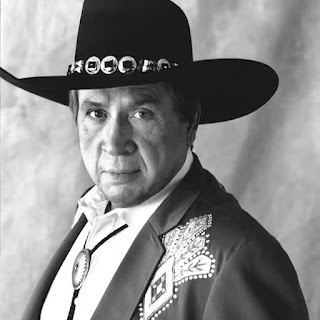I have often lamented in this blog that I frequently end up reading books far too late which I should have read long ago. This is another of those instances. I had known of Denise Giardina and her work not long after this novel was published in 1987 and had never read it. In fact it is not even the first of her novels which I have read. I had read her fine historical novel "Saints and Villains" a few years ago and, sadly, I have never written about it on this blog which I will try to do in the next few days. But, in my opinion, this is the first Giardina novel anyone unfamiliar with her work should read. Now, after having read three of her books, I don't consider this novel her best but it is the first of her novels about the struggles of coal miners along the Tug River and the border between Kentucky and West Virginia and it should be read before moving on to "The Unquiet Earth" which is the sequel to this novel and the book which I consider to be her best. And, Yes, I will write about that one soon also.
"Storming Heaven" is a fine novel about the coal field wars of the 1920's in West Virginia and Kentucky, and is based on actual events during those incredibly difficult times when many brave Appalachian men and women were fighting and dying in the effort to organize the Appalachian coalfields. While it is based on that epic struggle, Giardina used her poetic license extensively in terms of place names, and rarely mentioned any historical figure by their actual names which I have to assume was at least in part a defensive action which she felt was necessary by the still extant willingness of the enemies of unionization to become overly and unnecessarily litigious in their defense of coal operators to treat their employees as being worth less than a mule since they had to buy mules and could always hire another man if their anti-labor practices killed or disabled another.
This novel is written by a woman who is descended from some of the Italian immigrant workers who were imported to the coal fields during the early days of the coal industry in Appalachia and she knows her story well. I would bet that she heard much of the content of this book at the feet of her older relatives on long winter nights in or near the coal camp towns in which they had worked. Her consummate knowledge of her material is refreshing at a time when it is common for other writers to grab one or two reference books and produce a second rate novel about some aspect of life in America about which they know little other than the probability that a book about their current topic might sell a few thousand copies. She knows the region. She knows the dialect. She knows the coal industry and its absentee owners. She knows the pain, death, and diseases which have befallen coal miners and their families ever since the first underground mine was opened in some remote hollow of Kentucky, West Virginia, Virginia, or Tennessee. This is a fine, honest, sometimes painful book and has easily taken its place beside other novels such as James Still's "River of Earth" and Davis Grubb's "The Barefoot Man". And this book proudly joins Grubb's work in support and admiration of the men and women who fought and died to build a union work place in Appalachia.
The book is written in a somewhat unique style with several different characters being utilized in alternate sections or chapters as the narrator. It is first person writing in multiple voices and it works quite well. Major characters include a pro-union mayor C. J. Marcum in Giardina's mythical town which is based on Matewan, West Vitginia. There is native Appalachian union man Rondal Lloyd who devotes more of himself to the union effort than he does to the woman who loves him deeply. That woman, nurse Carrie Bishop loves both Rondal Loyd and the mountains of the region. She devotes her life's work to helping heal the sick, treat the wounded, love the starving children, and support the union miners and their families in any way she can. But the one thing she cannot do is to maintain a consistent relationship with Rondal Lloyd. He comes and goes, fights every day to win union recognition for miners somewhere in the coal fields and usually returns to Carrie when it convenient for him. Many of the characters in the book are purely fictional but quite a few are clearly based on important figures of the union effort such as murdered Police Chief Sid Hatfield who died on a West Virginia court house steps because he supported the miners and fought by their sides in their effort. The book ends at the Battle of Blair Mountain in the only instance in US history when the federal government used the army to fight American citizens.
This is a fine novel by a writer who knew her subject matter as well as any child of a coal miner can. It is an incredibly well worthwhile book to read. Don't pass it up, especially if you live in the coal fields of America and need a little refresher course on how good men, women, and children died to build unions and fair labor practices in this country.





























 g
g